Sports have always been an integral aspect of communities, both large and small; youth sports leagues have long been essential in developing communities by bringing adolescents together while promoting teamwork, discipline, and interpersonal relationships. Partnerships involve parents, coaches, and volunteers coordinating and supporting the teams. They foster community and camaraderie among players, parents, and observers.
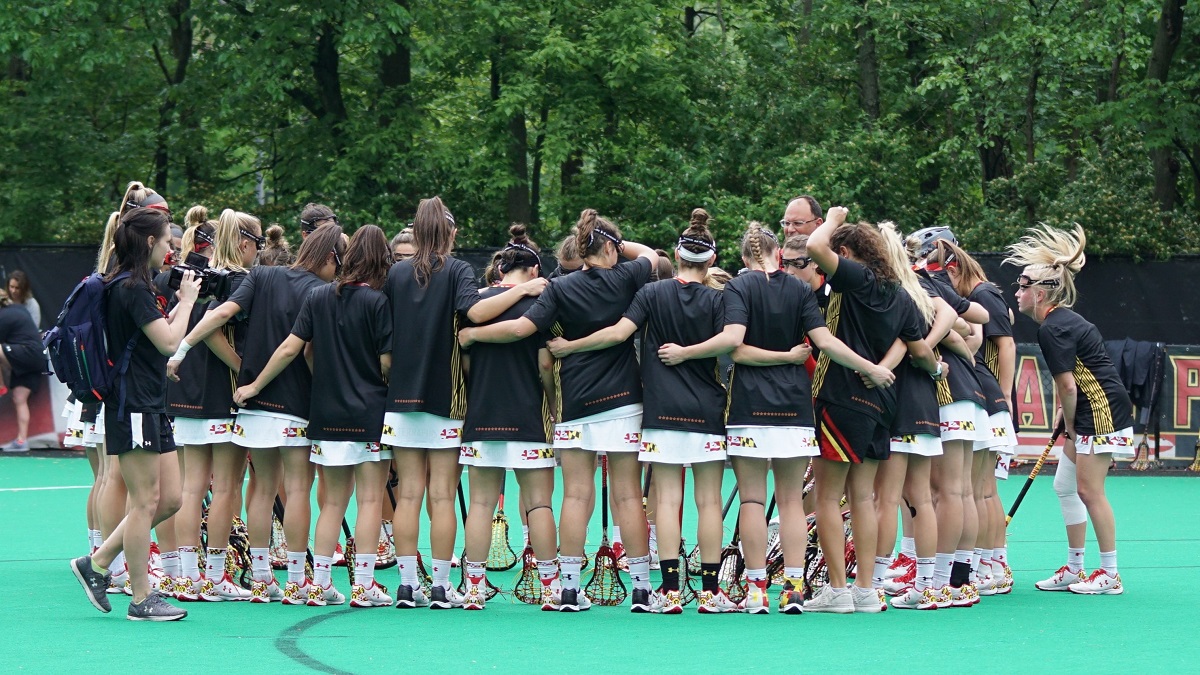
Numerous communities arrange sporting events to deal with social concerns, promote inclusion, and promote vibrant communities. For instance, initiatives may be developed to provide sporting possibilities to disadvantaged adolescents, people with disabilities, or individuals from marginalised communities. The above initiatives encourage physical health and function as a platform for personal development, autonomy, and inclusion in the community.
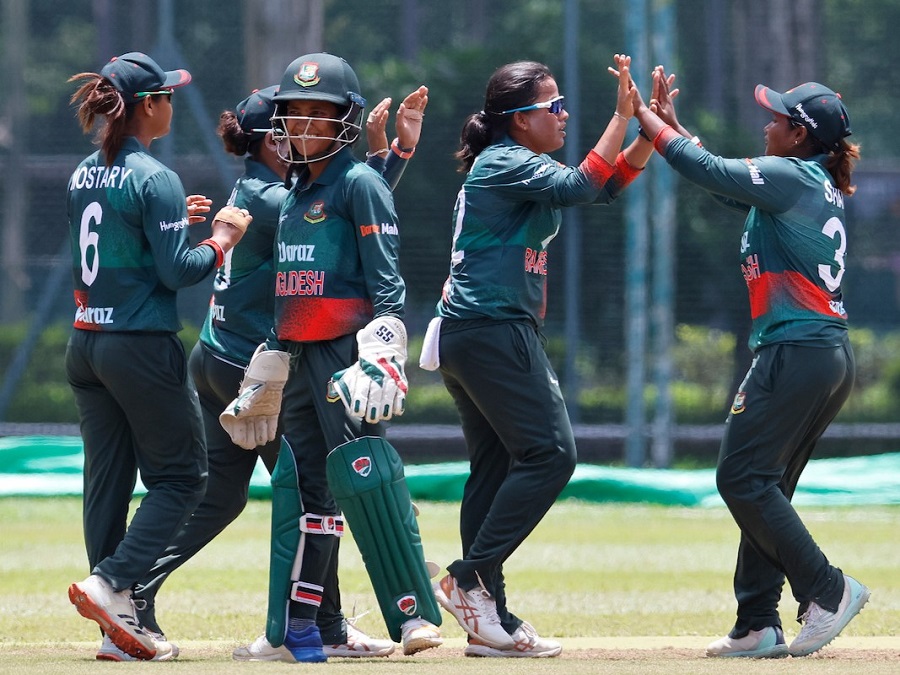
The Asian Cricket Council, otherwise known as ACC, has been at the forefront of such initiatives, especially when it comes to promoting women in the cricketing space, as well as building a sustainable pathway where more and more women are encouraged to pick up the sport and have a clear path of progression. Mahinda Walipuram, the chairman of the ACC Development Committee, in a recent match between Bangladesh and India’s women’s cricket teams, explained how the ACC does it, “So we start from under 16, under 19 emergings, as you saw, and then the Asia Cup itself.”
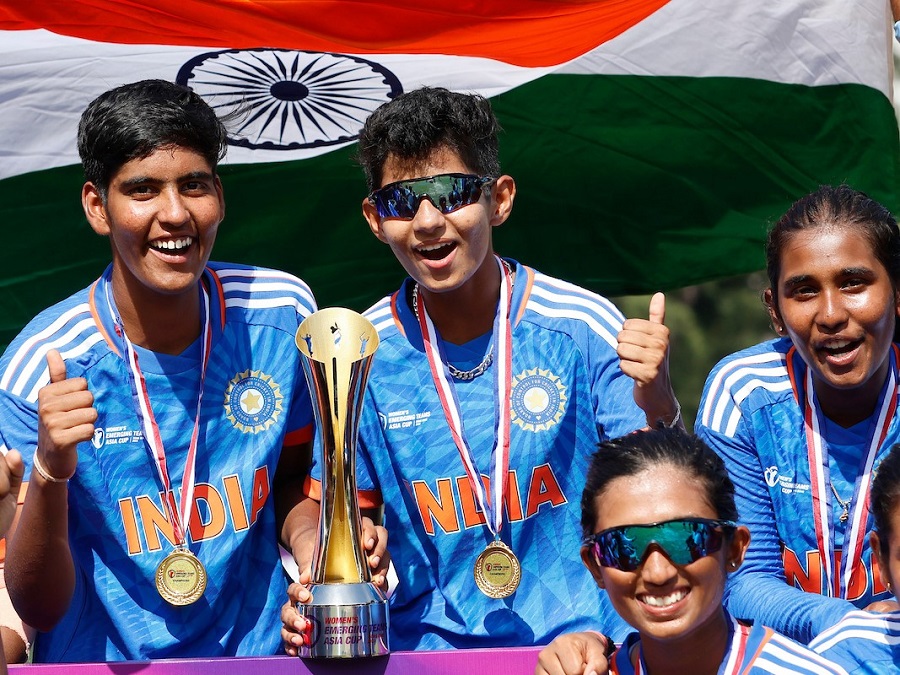
This shows their commitment to building interest and a community across multiple age levels. The ACC is also on a mission to make cricket a mainstream sport; for the first time since 2014, they are taking the Asian Games back to China, this time in Hangzhou, and have plans to host in Japan in 2026.
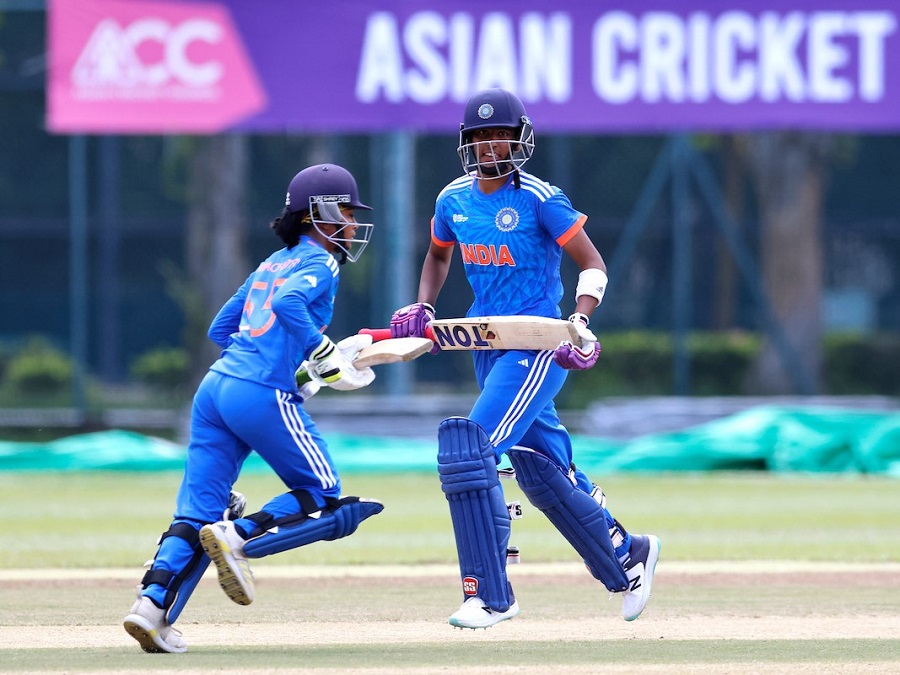
Sports development does not always need to be as macro as the ACC wants; local community leaders can build sports clubs and recreational centres. Community sports clubs and leisure centres create facilities for community members to participate in various sports. These venues enable locals of all ages and backgrounds to gather together, foster friendships, and contest healthily. They offer a setting for regular workouts, games, and social activities, among other things, which contribute to developing a strong community link.
Competitions between neighbouring communities could also be arranged encouraging amicable competition and engagement. Whether it is an annual soccer tournament or a neighbourhood baseball league, these competitions unite people, inspire community pride, and establish connections between diverse groups within a more significant community.
Another thing communal sports encourage is volunteerism. Volunteers are often employed to organise and manage events, coach teams, and offer support services in community sports. Volunteering in sports-related endeavours allows people to contribute back to their community, interact with like-minded people, and make a positive impact on the lives of others.
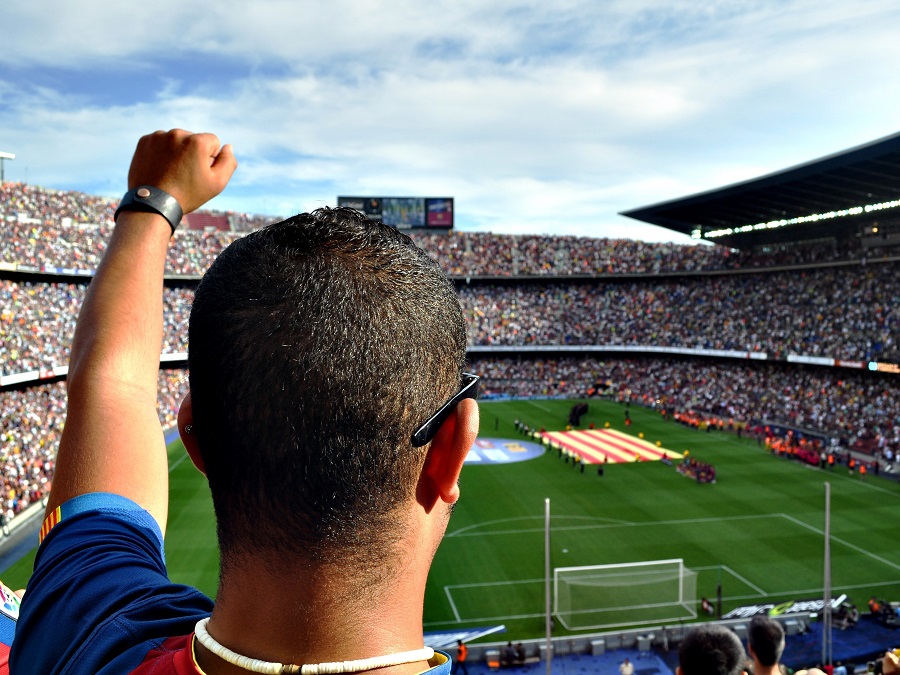
Communities can be built around specific sports through youth development programmes. Sport-based youth development programmes strive to involve young people in sporting activities while providing them with vital life skills and stimulating positive values such as collaboration, discipline, and persistence. These programmes allow adolescents to engage with mentors, connect, and develop a feeling of belonging in their community. This will also help cultivate a genuine interest in the sport; some of these community members could play that sport nationally or internationally. When these neighbourhood teams or players achieve success, it usually evokes a sense of communal pride. Community individuals will unite behind their team, wearing team colours, attending games, and sharing wins. This sense of belonging and shared pride fosters collaborative relationships.
Overall, sports attract people together by generating chances for social engagement, boosting communal pride, encouraging collaboration, and offering a platform for shared experiences. Sports, whether as players or spectators, can bring people together and enhance the social fabric of society.
The instances mentioned above demonstrate how sports may play an essential role in community development by encouraging social contact, cultivating a feeling of belonging, and providing possibilities for individual and communal improvement. Collaborative development through sports can be done at micro and macro levels; all it takes is someone to take charge and do it. ![]()
